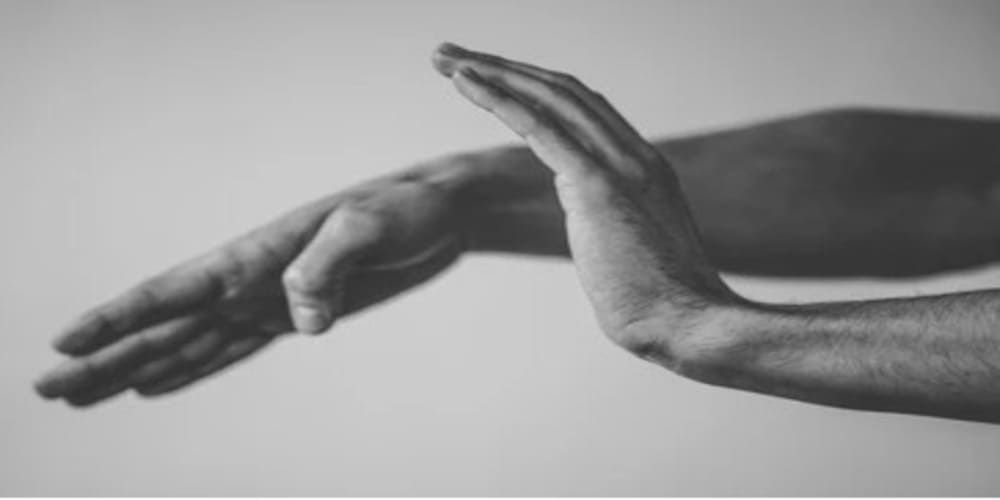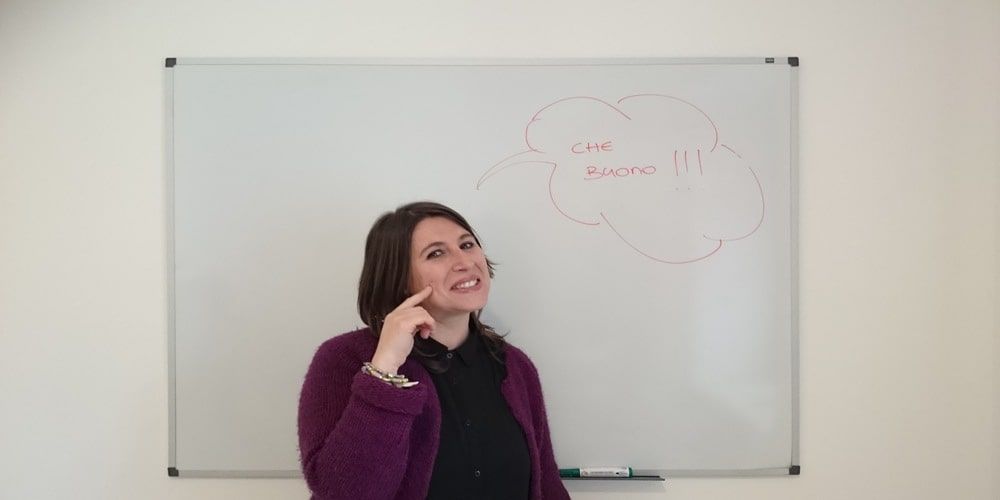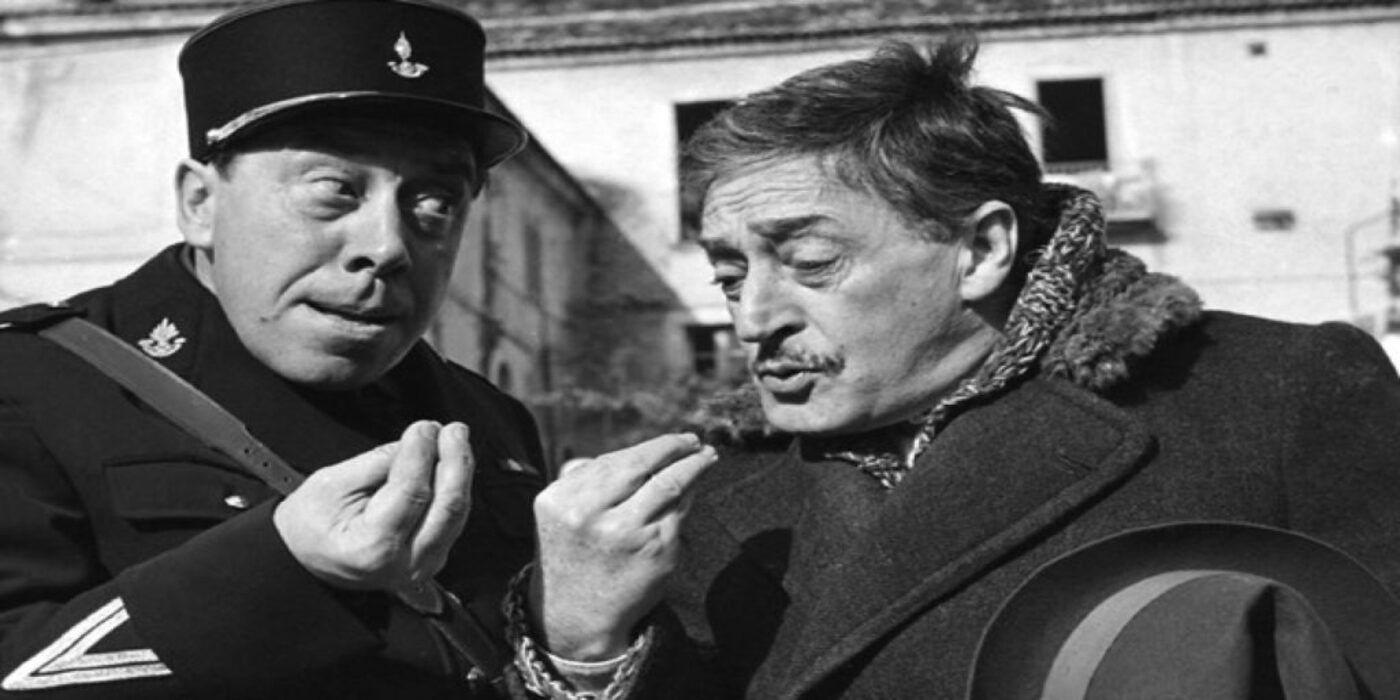Besides good food, art, fashion and cinema, the thing we Italians are most famous for abroad is definitely our way of communicating. Our language, often perceived by foreigners as expressive and music-sounding, is in fact inseparable from our theatrical gestures. Asking an Italian to speak without gesturing is practically impossible!
This form of nonverbal communication in Italy serves to reinforce concepts, give expressiveness to speech, and often takes its place. But if gesturing has made us famous all over the world, it is also true that for non-natives it may not be so clear; that's why here we draw up for you a short but definitive guide to the 10 most famous and used Italian gestures, in order to precisely clarify their meaning.

History and cultural roots of Italian gestures

Photo from X
Today, we could never imagine expressing ourselves without using gestures, without moving our hands in ways that have become iconic around the world. This gesturing accompanying our speech, that makes us recognizable and for which we are often kindly imitated and mimicked is as old as our country, if not older.
The Italian gestures that are still known today - such as the hand brushing against the chin or the fingers joined like a “spoon”- began with Ancient Rome, when the exercise of classical rhetoric and theatrical performances required marked gestures to accompany speech. Later, starting in the Middle Ages, accompanying gestures became essential to overcome language barriers with the various foreign dominations in our country, but also to level out regional dialectal differences. Finally, the role of the Commedia dell'Arte masks should not be ignored, with their deliberately exaggerated gestures that later became a reference for popular culture.
So much so that today, in the modern age of social media, this symbol of Italian-ness around the world has been transformed into a series of emoji: just as hand gestures accompany and reinforce concepts in speech, the little drawings give that extra touch of expressiveness in the exchange of text messages.
Today, as in the past, in short, nonverbal communication accompanies our everyday life, highlights our emotions and flattens the distances with Italian or not Italian speakers. And to explain them without more misunderstandings, we have compiled this definitive and necessary guide of the 10 most common Italian gestures.
The 10 most iconic Italian gestures: meaning and usage
Here are the most well-known and used Italian gestures in our daily lives, with a brief explanation of their use and meaning, and with possible pointing out of the regional variant.
5. Come here!

It consists of extending the hand with the palm outward, bringing the fingers together and bending them, almost as if caressing the air. Alternatively, it is possible to bend the whole hand. It is a request to come closer, expressing the phrase “come here!” or “come closer,” often when you are too far away or surrounded by noise or music and using gestures is necessary. In the south people prefer to bend their fingers downward.
10. What do you say/want?

The most common, most imitated and at the same time misinterpreted gesture has multiple meanings. It consists of joining the fingertips of the hand together forming a spoon or a kind of tulip and moving the hand alternately inward and outward. It is used to express disbelief, perplexity, skepticism, denial, often indicating the phrases “what are you saying?”, “what do you want?” or “It's out of the question".
There is also a variation, which consists of bringing the hands together in the center of the chest, with palms joined or disjoined, and moving them alternately forward and backward. These gestures are used throughout Italy .
9. I don't care

Another well-known Italian gesture, it involves brushing the chin with the fingernail and then bringing the hand forward. It is used to express disinterest and disregard for someone or something. This is also used everywhere but with a predominance in southern Italy.
8. It's finished/ There's no more

Perhaps fewer known, this gesture consists of extending the thumb and forefinger (of one hand or both), trying to replicate a gun, and moving them alternately inward and outward. This gesture indicates that something material is exhausted or finished.
7. You're dumb/insane

Photo from Dreamstime.com
This gesture consists of holding the fingers slightly open and swinging the entire palm in front of the face. It is a provocative and ironic gesture that indicates the phrase “Are you dumb/insane?”. It is more widely used in northern Italy, while in the south people prefer to touch one side of the head with their index finger or the middle of the forehead.
6. Yummy!

Photo from The Intrepid Guide
This gesture consists of pointing the index finger to the cheek and twirling it, almost “screwing” it. It indicates appreciation for something being eaten or drunk. It is either a purely childish gesture or used for emphasis or to express liking when the mouth is full. Alternatively, the whole hand can be used by emphatically rotating the wrist.
4. Let's Go/Go Away

Also here the fingers come together and move all at once at an angle (the thumb stays up) either outward or inward, cutting through the air. They indicate that it is time to leave, and in this case the gesture of touching one's wrist with the other hand is added, or a willingness to send an unwelcome person away.
3. I see you/ Be careful

Photo by Teacher Stefano
A gesture with multiple meanings, it is typical of northern regions. It consists simply of pointing with the index finger to the lower eyelid and can mean “pay attention,” “keep an eye on the details,” or “I'm watching you.”
2. Secretly/incognito

Photo from YouTube
Typical gesture in south-central regions it allusively indicates that someone has done or wants to do something secretly or covertly, in a way that is not exactly correct - “aumm aumm”. It consists of opening the fingers downward while holding the wrist up and rotating the hand as if you were stirring something.
1. Are you scared?

Photo from Facciabuco.com
Let's complete our excursus with a gesture that is very little known abroad but really nice. As with “what do you say,” this gesture is made with the fingertips together, but in this case they are also alternately separated and shown to our interlocutor, whom we are ironically asking if he is afraid of something.
Italian gestures to use and not to use when traveling

Photo from https://corsi-di-italiano.babilonia.it/gesti-italiani/
Although the irony of Italians is well known, as is the forgiving and welcoming attitude toward those who are learning the language, there are some Italian gestures that it would be better not to use so as not to appear rude or disrespectful.
As you may have guessed, much of our gestures are ironic and are used with interlocutors with whom we have a little familiarity, so if you are chatting with someone you have just met, it would be best to avoid the gesture “what are you saying,” “I'm not interested,” or “You're dumb.”
By contrast, the “yummy” gesture can make someone who has cooked for you very happy. If you use common sense (and study our guide carefully) you won't have any problems with locals and there will be no misunderstandings with Italian body language culture
Nonverbal language in Italy: how to enhance communication
Mastering the meaning of Italian hand gestures, as you see, can help you if you are not very familiar with Italian or are still studying it, and will make your emotions clear to your speaker in any region you will go.
Using nonverbal communication in Italy can be a very interesting cultural experience, allowing you to fully enjoy your stay in our country, immersing yourself even more in the beauty of our language.
Here’s a video from the YouTube channel Learn Italian with Teacher Stefano about this topic, for a practical explanation.
About the author
Written on 10/07/2025




Denise Penna
Gesturing while speaking is essential for Italians. Here is our guide to the meaning of the most common Italian gestures to better understand them.